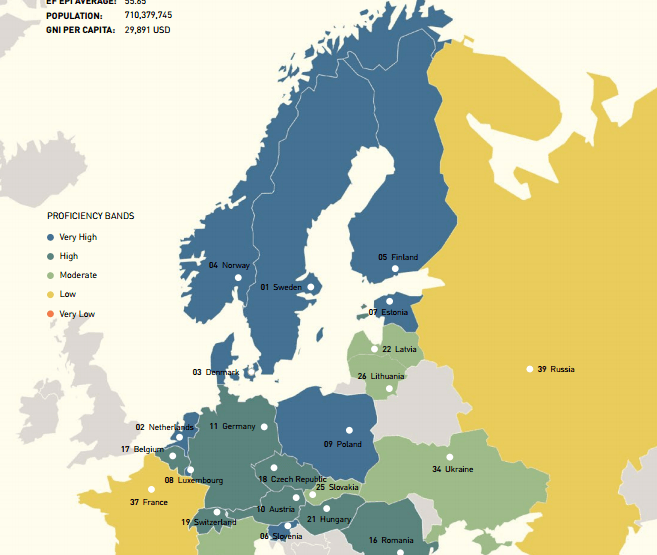How to translate for the American government
- Emily Feng
- May 3, 2016
- 7,600 views

One of the single largest clients for translation and localization services in North America is, perhaps surprisingly, the government of the United States of America. A recent analysis of US government contracts for translation projects illuminates the huge potential for growth among localization companies – and also a missed opportunity for technology optimization.
Bidding for contracts on language projects from the US government is a competitive process involving huge financial sums. In a report compiled by language industry organization Common Sense Advisory, the American government has spent $4.7 billion USD on translation and interpretation services between 1990 and 2011. Interestingly, 47% of that staggering sum – 2.1 billion USD – was spent between 2009-2011, when the US economy was performing at its worst. Even while spending for other expenditures and public services were being slashed, the money allocated for translation and interpretation was skyrocketing. A military presence in the Middle East, counterterrorism operations globally, and numerous international initiatives meant that the need for language services increased enormously.
To bid on a language project from the American government, language service providers must first register to become a licensed and certified supplier with the US Federal Government. From there, LSPs can enter a bidding marketplace for contracts. A process regulated by the General Services Administration (GSA). Originally established for the purpose of disposing war surplus goods post World War II, it now is the independent, centralized procurement agency of the US government, sourcing “billions of dollars’ worth of products, services, and facilities” to US federal agencies. The highly institutionalized process for contract bidding means that data about exactly what kinds of translation projects and solutions is readily available for analysis.
So what can we learn from all these proposals? A survey on them, conducted by Slator, a language industry publication, shows that a demonstrable lack of proposals that use technology to optimize their translation services.
Slator’s Florian Faes writes:
For an industry that has been trying to fight commoditization through bespoke offerings, the almost complete lack of technology in the proposals is stunning. There is hardly any mention of machine translation, post-editing, not even good old translation memory in the publicly available proposals.
While business-facing content still requires human translators to produce the requisite quality translations, a number of technology innovations are already on the market that can make translation more accessible and viable to more clients. In addition to machine translation, translation memory, post-editing mentioned by Faes, newer technologies include mobile translation software (such as Stepes) and voice recognition.
LSPs must begin to innovate in order to keep pace with the new types of content requiring translation today: user-generated content, social media, and continuous translation demands. In order to deliver faster and more flexible translation of incremental content, LSPs must create new translation management systems (TMS) that can deliver faster turnarounds of content that is shorter in length.
Detailed information about the average translation cost per word proposed by LSPs on American government projects also reveals opportunities for disruption. USD 0.21 per word is the average going rate for US government translation projects – but the newest entrants into the translation industry can now provide much lower rates for the same quality.
The price-per-word rate is continuously being driven down while maintaining profits and maximizing speed and flexibility to the client through new translation technologies. For example, Stepes leverages its mobile platform to offer lower price points, which start around 0.10 USD/word and level off around 0.16 USD/word. Stepes does this by driving down overhead through its mobile translation platform but also by optimizing workflow and post-editing processes and leveraging machine translation and translation memory. While a human translator is ultimately the one who translates and finalizes a translation, they are aided by translation technologies that make the entire process more efficient for both the client and the translator.
For LSPs and translation platforms that are able to deliver language solutions with a technology component, you may be able to undercut the competition –and capture a multimillion market that is growing each year.











